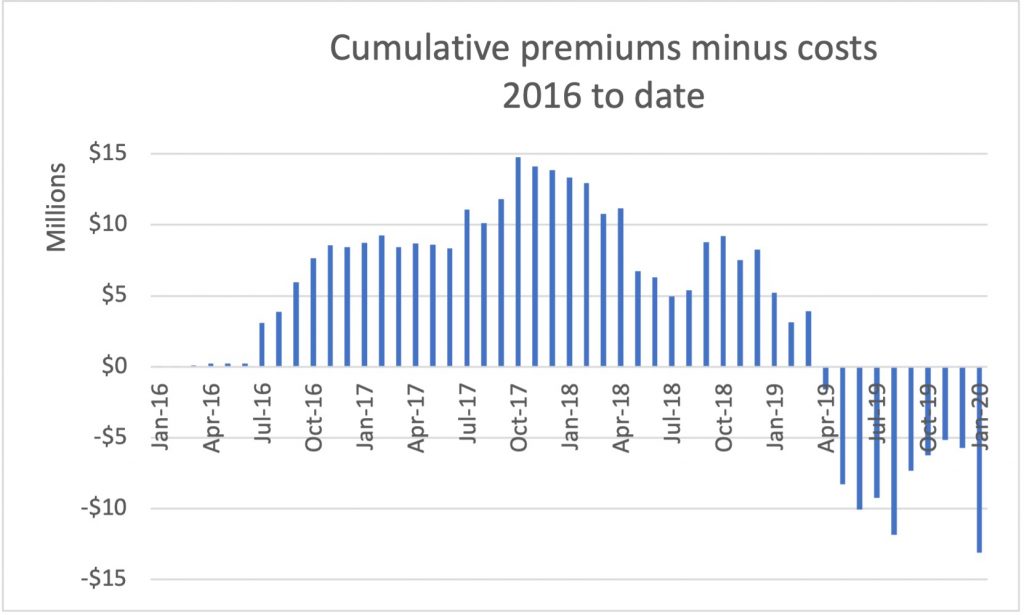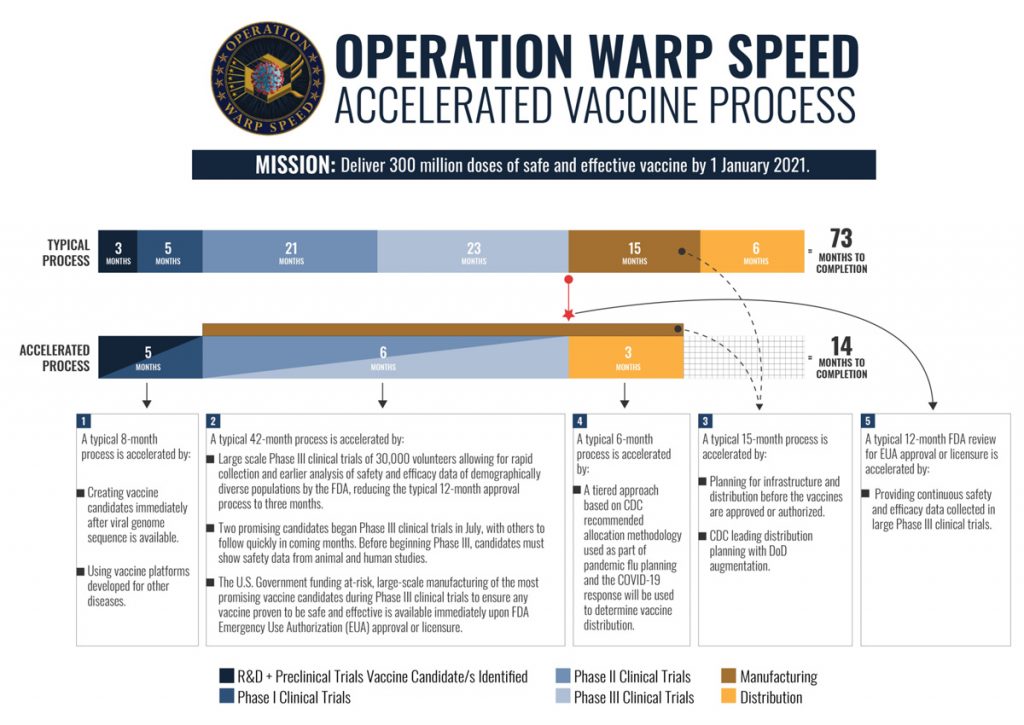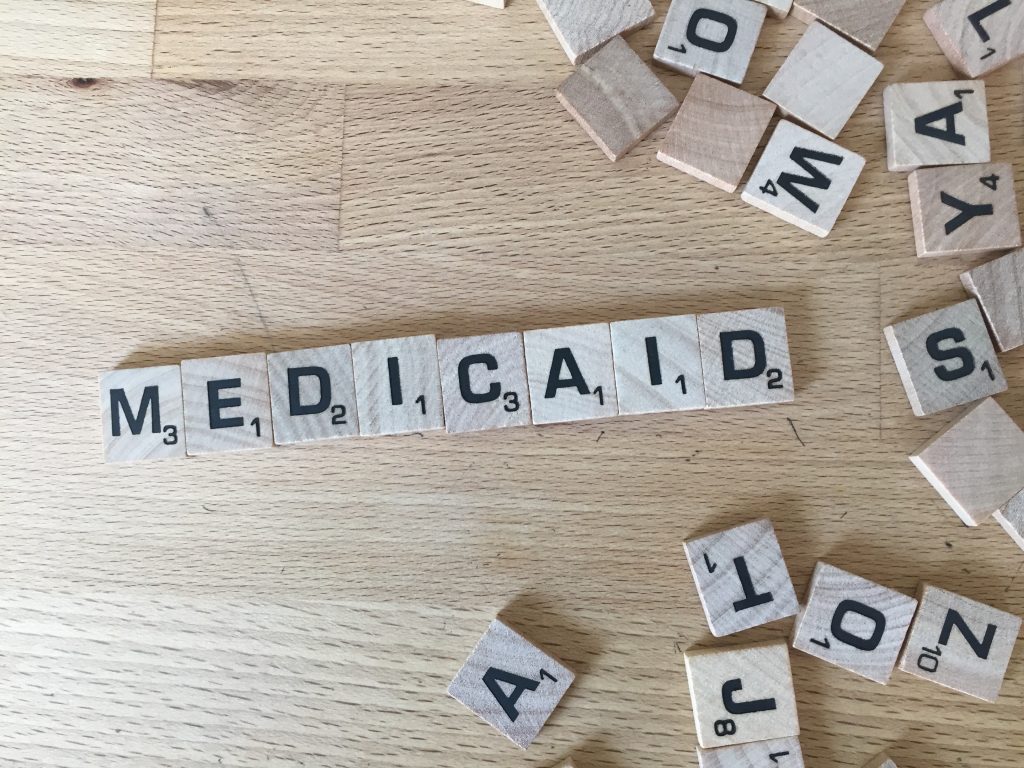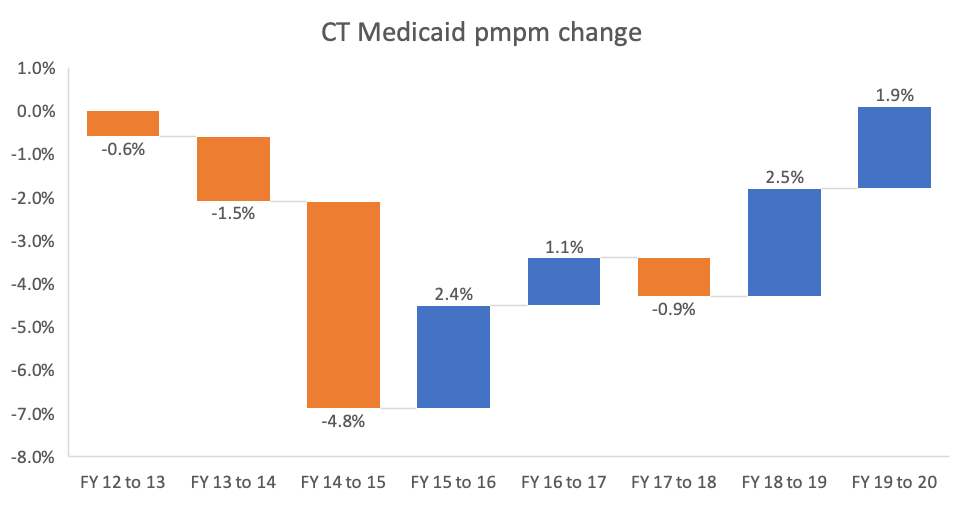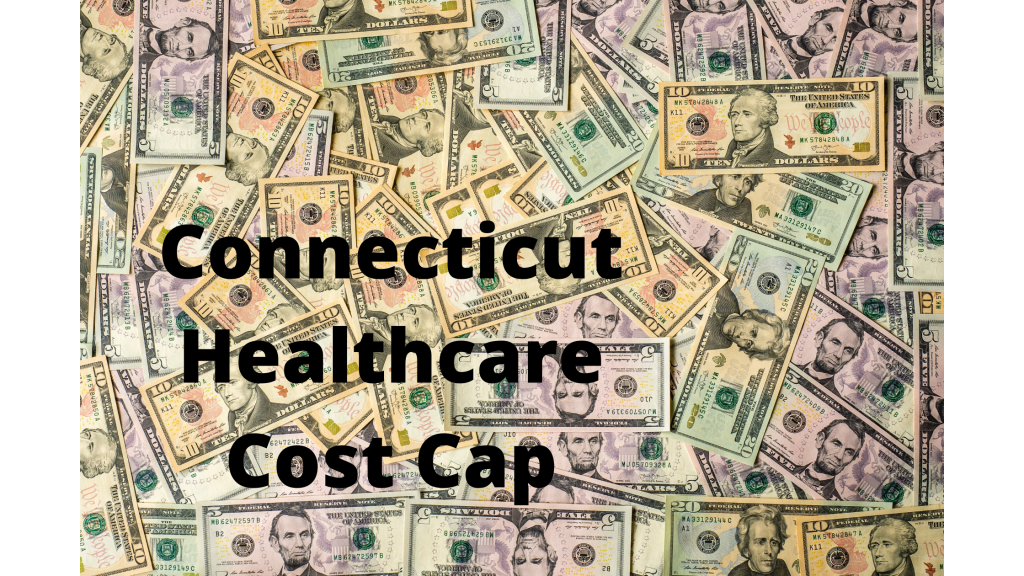Budget Process
State Partnership Plan losing money but still more expensive than average CT plan options
Download the report Connecticut’s most recent public health insurance option, the Partnership Plan 2.0, offers healthcare coverage to municipal employees. According to a new analysis by Brown & Brown Insurance, Partnership Plan premium increases have not kept up with costs. The very impressive analysis is based on Freedom of Information requests; very little information on…
Read MoreCTNJ: If The COVID Vaccine Is Free For Patients, Who Is Paying For It?
Federal law ensures the COVID vaccine will be provided to every American at no cost. So who is paying for it? Because it’s healthcare, the answer is complicated and we are all paying for it – mostly through taxes and a bit through our insurance premiums. Read more
Read MoreGovernor’s budget includes drug cost control and exchange subsidies, but misses other health priorities
Released today, the Governor’s budget proposal for the next two fiscal years acknowledges the importance of addressing critical health priorities, especially during a pandemic. The document highlights the state’s public health challenges of funding and implementing COVID testing, treatment, and vaccination all while facing a severe economic slowdown, high unemployment, and increased demand for social…
Read MoreCT Medicaid rates squeezed a bit but still higher than other states
A new comparison published this month in Health Affairs finds that Connecticut Medicaid provider payment rates lost some ground between 2012 and 2019, but they remain higher than the US average and well above most nearby states. Primary care rates are highest relative to other states than other services. From 2012 to 2019, compared to…
Read MoreConnecticut Medicaid costs stable but rising physician and clinic spending threaten progress
Download the report Since switching from managed care organizations in 2012 to focus on care management, Connecticut Medicaid spending has stabilized while enrollment has expanded significantly, according to the state’s latest financial report. Medicaid now covers one in four state residents. However, physician and clinic spending increases are eroding early progress in controlling costs. Medicaid…
Read MoreTop Stories of 2020
A year ago, our predictions for 2020 missed all but the recession. COVID has us giving up on predictions, so we’ll just take a look back at our top stories of this year. Advocacy Toolbox now online — Updates include specific, real world tools for legislative, administrative, and state budget advocacy, how to change public…
Read MoreCTNJ OP-ED | New Health Plan for State Employees Needs Transparency
The State Comptroller’s Office is undertaking payment reform for the very costly state employee health plan without public accountability or transparency. The controversial plan to pay for health care in bundles and reward high quality providers for the plan’s 250,000 members could be a gamechanger, but it could also fail. The problem is that we…
Read MoreCT workers’ health benefits cost more, but growing more slowly and take less of our incomes
Download the report While total premiums, deductibles, and the workers’ share of premiums for Connecticut employee health coverage are higher than the US average, they have generally grown less quickly and consume less of our incomes than for other Americans from 2010 to 2019. Connecticut employer health coverage total premiums, employee share of premiums, and…
Read MoreAdvocacy Tool of the Day archive online
The last Advocacy Tool of the Day will be in email boxes on Monday. The Tools provided a roadmap through the updated Advocacy Toolbox. Tools included how to engage policymakers, serving on a policy committee, coalitions, working with reporters, thanking the people that help, and the budget cycle (very important this coming year). If you…
Read MoreCost Cap underservice monitoring plan is very weak, puts people at risk
Download the report This week, the Office of Health Strategy (OHS) unveiled their plan to monitor for unintended consequences of their plan to cap healthcare cost increases. OHS acknowledged in the plan that the Cap “may cause providers to reduce provision of necessary healthcare services so as not to exceed the benchmark.” Only a very…
Read More
